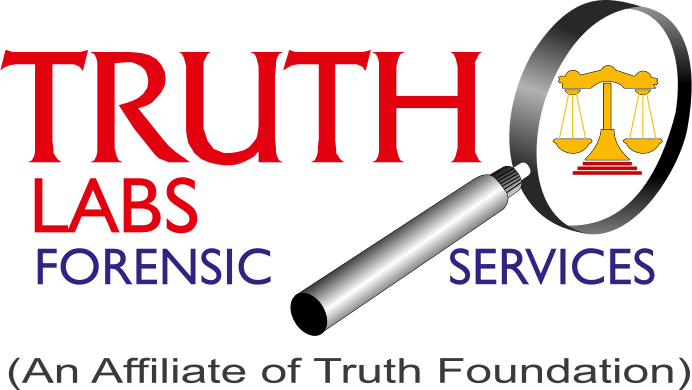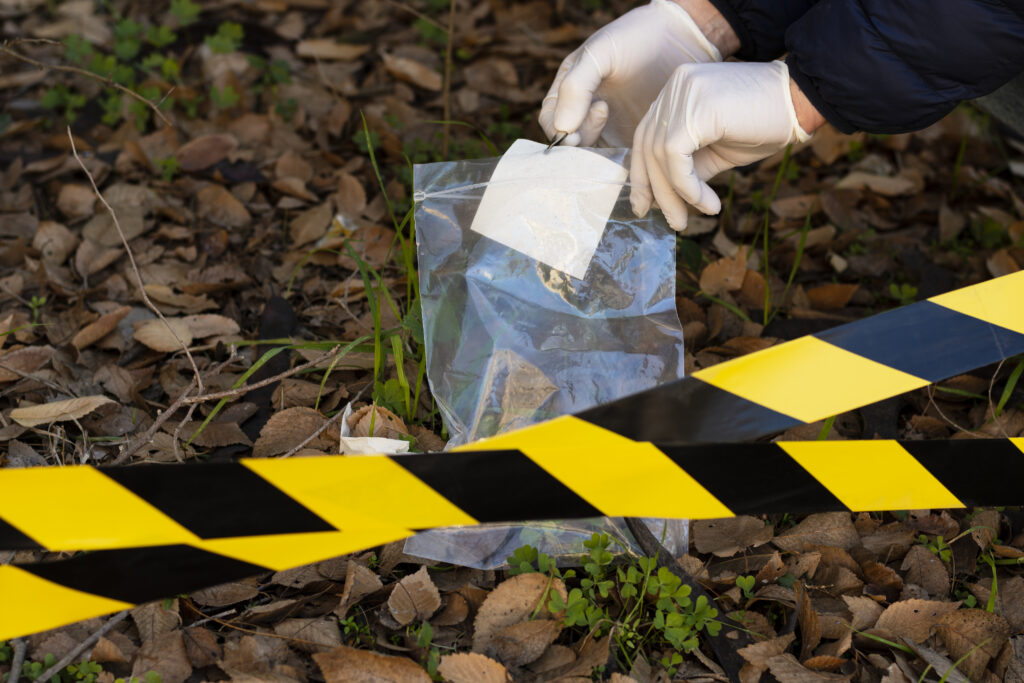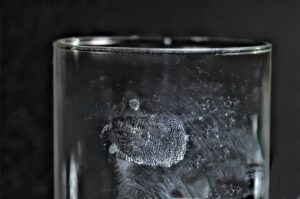Case of Impersonation
Fingerprint Analysis – Creative modus operandi of fraud.
This is an interesting case of fraud through impersonation in an examination hall where Truth Labs was called upon to provide expert fingerprint analysis services.
A young man, a Sub-inspector (SI) aspirant, turned to his brother when the SI qualifying exam became a little too daunting. These examinations are usually are a part of the public services commission who conduct the preliminary qualifying exam that determines the cognitive and logical ability of a person for a particular public servant position. Truth Labs upon request by the investigating authority, examined a case in which the brief history was that an individual, ‘A’, felt that he on his own could not qualify for this exam; and asked his brother ‘B’ for help. Normally, when your sibling asks you for help, he/she would tutor them. But in this instance, brother ‘B’ went a step further to make certain ‘A’ qualified. ‘B’ gave the exam instead.
Now, you share a number of things with your family… clothes, food, last name, and a certain portion of your DNA, but what you don’t share with anyone, (even if you had a twin) is your fingerprint. And that is where a fingerprint analysis by the forensic experts can prevent fraud and crime.
Major qualifying or selection exams like the NEET, UPSC, etc. employ numerous measures to ensure a fair, legal, and safe examination process. CCTVs also assist in ensuring no academic misconduct occurs while taking the exam, metal detectors and vigilance teams secure the premise, and identity verifiers are used during registration process and cross checked during commencement of the exam to prevent identity fraud or impersonation.
In this unfortunate instance, the registered candidate, ‘A’ unsure of his capabilities to qualify for the exam, allowed his brother ‘B’ to go take the exam. The registration documents contained the details of brother ‘A’ which meant ‘B’ would have to take up extra caution to avoid being detected when taking the exam. On the day of the exam, everything seemed to be looking up for the brothers, where the whole scheme went without a hitch, and ‘B’ impersonated ‘A’. Except, that the truth had its way out. Unbeknownst to the brothers, someone in the exam hall suspected the brothers of being up to something questionable.
A complaint was lodged with law enforcement, and an investigation was launched into this case. Impersonation is a serious offense and an allegation as such a kind being made concerning individuals trying to qualify for an exam that allowed them to be a government servant was a serious matter. The footage from the CCTV of the exam hall was reviewed, but the suspect had cleverly avoided all angles of detection with his head hanging low and not facing any of the cameras. The only other way to determine authenticity was an inspection of the biometrics (individual identification characteristics). The investigative team approached a forensic lab with the records of the fingerprints of the ‘Registered’ candidate and the fingerprints collected in the examination hall before the exam commenced, but there they met another hurdle. The prints collected in the exam hall appeared smudged, and hence not fit for examination. This halted the investigation as there was no other way to determine the facts of the case.
Nonetheless, the investigating officer did not stop there. In his service, he had become familiar with the expertise available at Truth Labs and turned to us as the case’s last resort. With the certified photocopy of the fingerprint record in hand, he requested assistance from the Fingerprint experts at Truth Labs to uncover the truth behind this case. Was the print on the examination register the same as the fingerprint on the registration form?
With an experience of nearly 40 years of serving the government, the Truth Labs fingerprint experts were able to identify ridge characteristics that were missed by the previous examiners. With extreme caution and precision, the Truth Labs fingerprint experts were able to discern that the two prints in question were not the same. With the help of this report, the investigating officer was able to take action on the impersonating brothers and his accomplices.
Not only did the identification of the difference in fingerprint help catch an impersonating individual, but it also prevented a miscreant from becoming a part of a force that serves justice and upholds the law.


